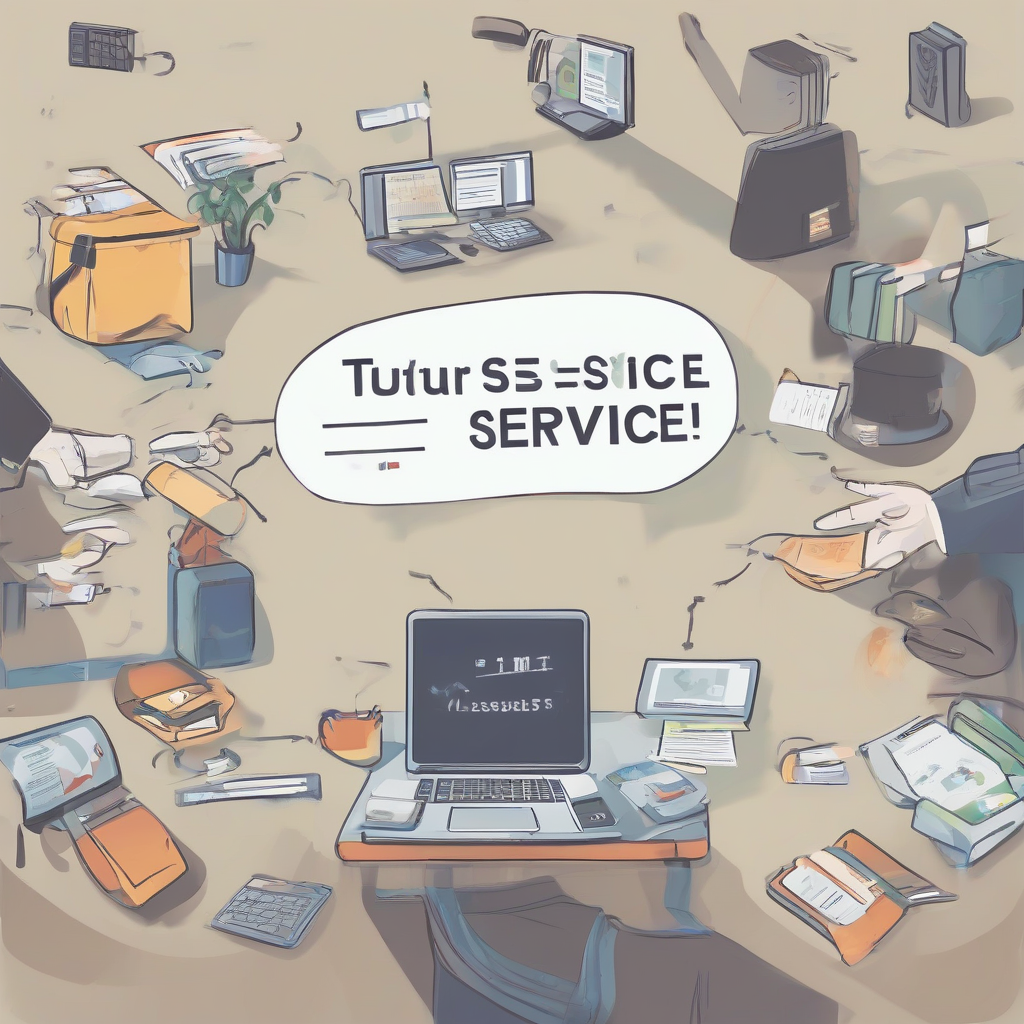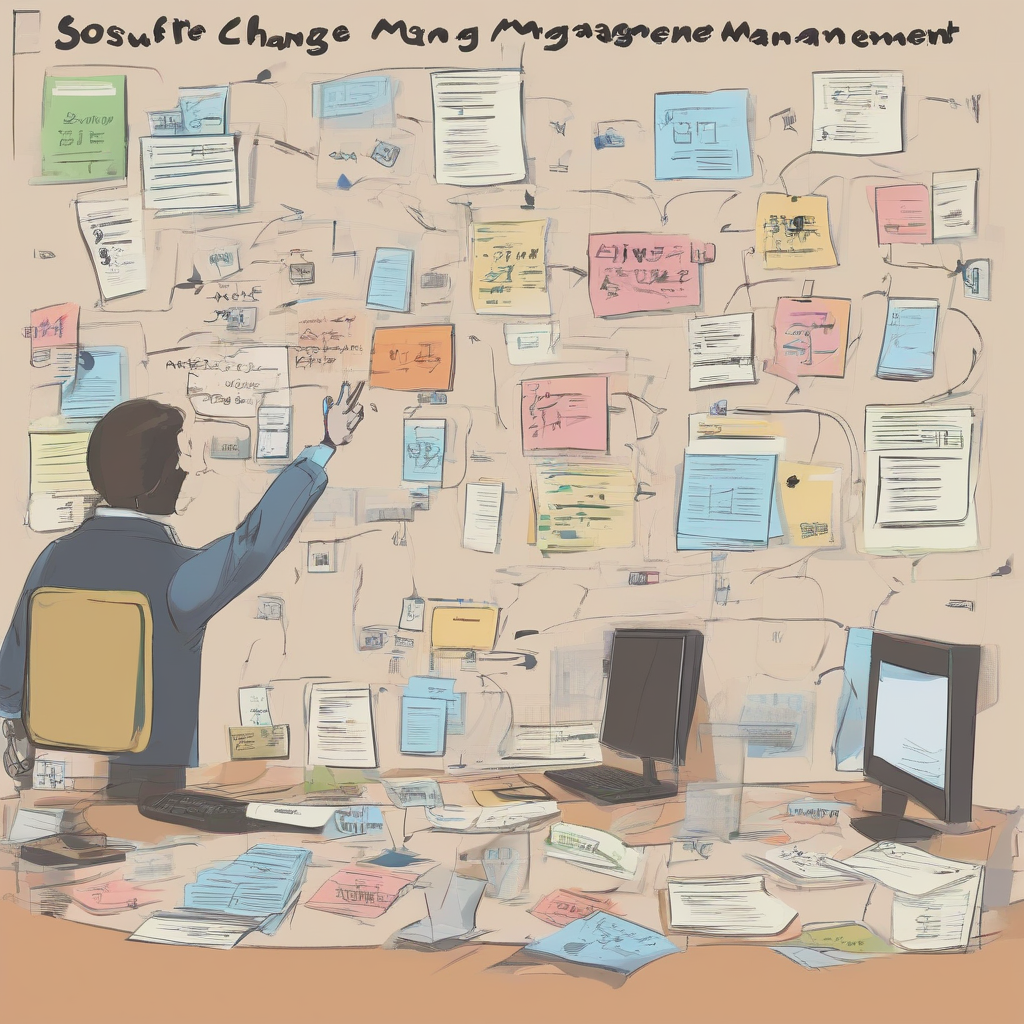Conquering Chaos: Your Guide to the Best Software Project Management Software in 2024
Navigating the complexities of software development requires a robust project management system. The right software can be the difference between a successful launch and a chaotic mess. This comprehensive guide explores the top contenders in the market, helping you choose the perfect tool to streamline your workflow, enhance team collaboration, and ultimately, deliver exceptional software projects on time and within budget.
Key Features to Consider When Choosing Software
- Task Management & Assignment: Look for features that allow for easy task creation, assignment, prioritization, and progress tracking. Consider Gantt charts, Kanban boards, and customizable workflows.
- Collaboration & Communication: Seamless communication is crucial. The software should facilitate real-time communication, file sharing, and integrated discussion forums.
- Reporting & Analytics: Robust reporting features are essential for monitoring progress, identifying bottlenecks, and making data-driven decisions. Look for customizable reports and dashboards.
- Integration with Other Tools: Seamless integration with other tools you already use (e.g., code repositories, communication platforms) can significantly boost efficiency.
- Scalability & Customization: The software should be able to adapt to your team’s growth and evolving needs. Consider customization options for workflows and reporting.
- Security & Access Control: Data security is paramount. Ensure the software offers robust security measures and granular access control.
- Pricing & Support: Evaluate pricing models (subscription, one-time purchase) and the level of customer support offered.
Top Software Project Management Solutions
The software project management landscape is vast. Here’s a breakdown of some of the leading solutions, categorized for easier comparison:
Agile Project Management Software
- Jira: A widely adopted solution favored for its flexibility, Kanban board functionality, and extensive plugin ecosystem. Ideal for agile teams, particularly those using Scrum or Kanban methodologies. Offers various pricing tiers to cater to different team sizes and needs.
- Asana: A user-friendly platform suitable for both small and large teams. Offers a clean interface, excellent task management features, and robust collaboration tools. Strong focus on visual project organization and communication.
- Trello: A highly visual, Kanban-based platform known for its simplicity and ease of use. Excellent for smaller teams and projects where visual organization is key. Offers free and paid plans.
- Monday.com: A highly customizable platform with a strong focus on workflow automation and visual project management. Allows for the creation of complex workflows and offers robust integration capabilities.
Traditional Project Management Software
- Microsoft Project: A long-standing industry standard, offering comprehensive project planning and scheduling capabilities. Powerful Gantt chart functionality and robust resource management features make it suitable for complex projects. Primarily a desktop application, although online access is also available.
- Wrike: A versatile platform that blends traditional project management methodologies with agile principles. Offers Gantt charts, Kanban boards, and robust task management features. Suitable for teams of all sizes.
Hybrid & Customizable Platforms
- ClickUp: A highly customizable platform that adapts to various project management methodologies. Offers a wide range of features, including task management, time tracking, and reporting. Known for its flexibility and comprehensive feature set.
- Notion: A highly flexible workspace that can be used for project management, note-taking, knowledge management, and more. Highly customizable and allows users to build their own workflows and databases. Excellent for teams that value flexibility and customization.
Choosing the Right Software: A Detailed Comparison
The best software for your needs depends on several factors, including team size, project complexity, budget, and preferred methodologies. Here’s a comparison table summarizing key features and considerations:
| Software | Best for | Strengths | Weaknesses | Pricing |
|---|---|---|---|---|
| Jira | Agile teams, complex projects | Powerful, flexible, extensive plugin ecosystem | Steep learning curve, can be expensive | Various tiers, starting at free |
| Asana | Teams of all sizes, straightforward projects | User-friendly, strong collaboration features | Limited reporting capabilities in free plan | Various tiers, starting at free |
| Trello | Small teams, visual project management | Simple, intuitive, visual | Limited advanced features | Various tiers, starting at free |
| Monday.com | Teams needing customization and automation | Highly customizable, automation features | Can be complex to set up | Various tiers, starting at paid |
| Microsoft Project | Large projects, traditional methodologies | Powerful Gantt charts, resource management | Steep learning curve, less agile-friendly | Paid, various licensing options |
| Wrike | Teams of all sizes, hybrid methodologies | Versatile, blends traditional and agile | Can feel overwhelming for small teams | Various tiers, starting at paid |
| ClickUp | Highly customizable workflows | Extensive features, highly adaptable | Can be overwhelming due to vast features | Various tiers, starting at free |
| Notion | Teams valuing flexibility and customization | Highly flexible, customizable workspace | Steep learning curve, requires configuration | Various tiers, starting at free |
Beyond the Software: Essential Project Management Practices
Even the best software won’t guarantee success without effective project management practices. These include:
- Clear Requirements Gathering: Thoroughly define project goals, scope, and deliverables before starting.
- Detailed Planning: Create a comprehensive project plan outlining tasks, timelines, and resources.
- Effective Communication: Maintain open and consistent communication within the team and with stakeholders.
- Risk Management: Identify and mitigate potential risks throughout the project lifecycle.
- Regular Monitoring & Evaluation: Track progress, identify bottlenecks, and make necessary adjustments.
- Post-Project Review: Analyze what worked well and what could be improved for future projects.
By combining the right software with sound project management practices, you can significantly improve your chances of delivering successful software projects, on time and within budget. Remember to carefully evaluate your specific needs and choose the software that best aligns with your team’s size, project complexity, and preferred work style.




